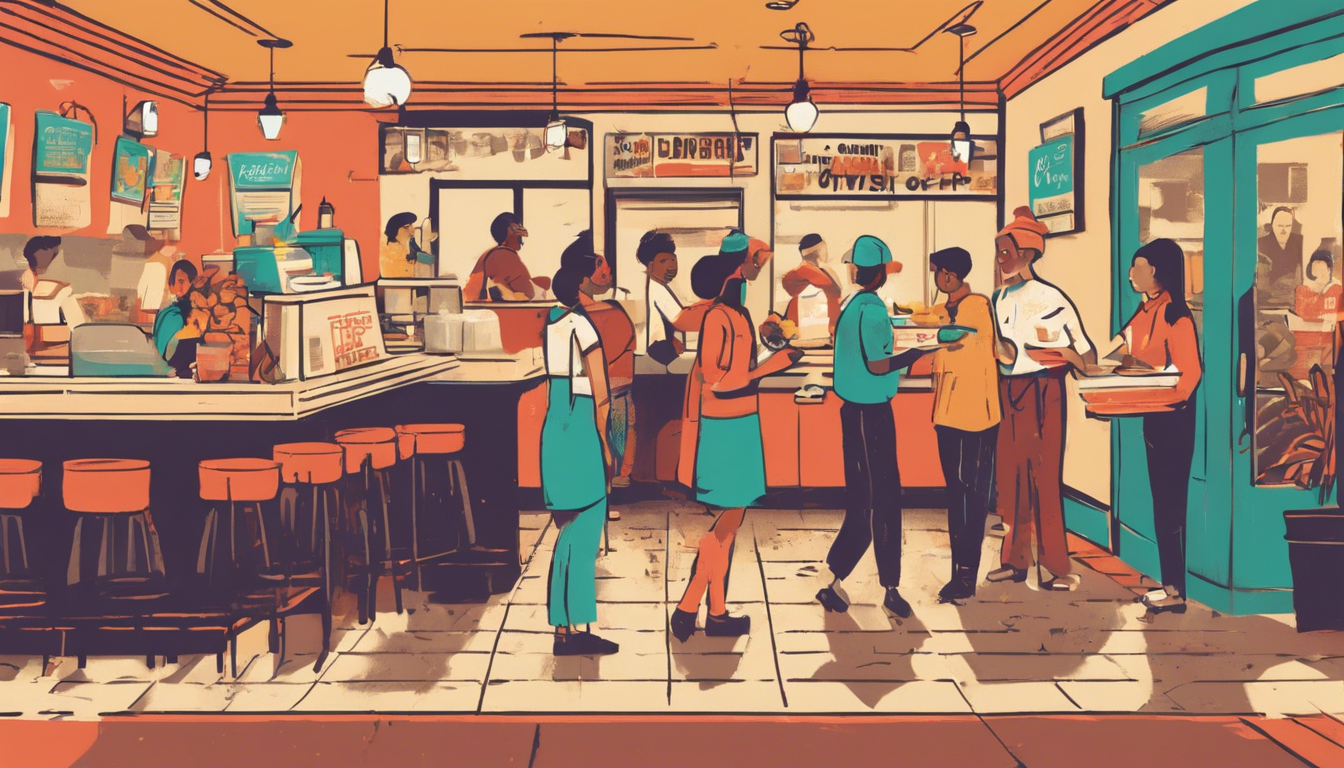As the dining landscape continues to evolve, particularly in the wake of the COVID-19 pandemic, many food enthusiasts find themselves grappling with a new question: should you tip for takeout? This article delves into the changing norms around tipping in the food service industry, providing insights on when and how much to tip when you’re picking up your meal instead of dining in. While tipping was historically reserved for full-service restaurants, the increasing popularity of takeout dining has led to a reevaluation of expectations surrounding gratuity. Join us as we explore the reasons behind this trend and offer guidelines to ensure that your tipping practices align with your values and circumstances.
Key Takeaways
- Tipping for takeout has become more common as dining habits shift due to the pandemic.
- While not mandatory, tipping is appreciated by restaurant staff who often depend on tips for income.
- Consider tipping based on the level of service and your financial situation to support small businesses.
The Shift in Tipping Norms Due to COVID-19
The COVID-19 pandemic has dramatically altered how consumers interact with the food service industry, leading to a significant shift in tipping norms, particularly regarding takeout orders. Traditionally, tipping was associated with sit-down dining experiences, where attentive waitstaff catered directly to customers. However, as many turned to takeout and delivery options during lockdowns, the expectations surrounding tips began to evolve. Today, it is increasingly recognized that restaurant employees, even those working behind the scenes, rely on tips as a vital part of their income. While tipping for takeout is not a requirement, it serves as a gesture of appreciation for the hard work that goes into preparing and packaging food, often under challenging conditions. Therefore, when patrons find themselves ordering from their favorite local establishments, especially for larger orders or instances of exceptional service, leaving a tip is a kind way to acknowledge the staff’s efforts. Moreover, in a time when many independent restaurants face economic hardships, tipping can be a small yet meaningful way to support both the workers and the business. Ultimately, tipping decisions should align with individual circumstances and the level of service experienced, fostering a sense of community and support within the food industry.
Guidelines for Tipping on Takeout Orders
As takeout becomes a staple in many households, understanding the nuances of tipping has never been more relevant. While guidelines can vary based on location and personal preferences, a common standard is to tip between 10% to 20% of the total bill for takeout orders, particularly if the service included special requests, modifications, or handling of a large order. Additionally, patrons may choose to leave a flat amount—typically around $2 to $5—for smaller orders, reflecting appreciation for the labor that goes into preparing the meal, even if the customer isn’t receiving table service. It’s worth noting that tips can help alleviate some of the financial strains faced by staff who may be working with reduced hours or under increased pressure due to the pandemic. Engaging with local businesses by showing gratitude through tipping not only boosts employee morale but also reinforces community ties during challenging times.






